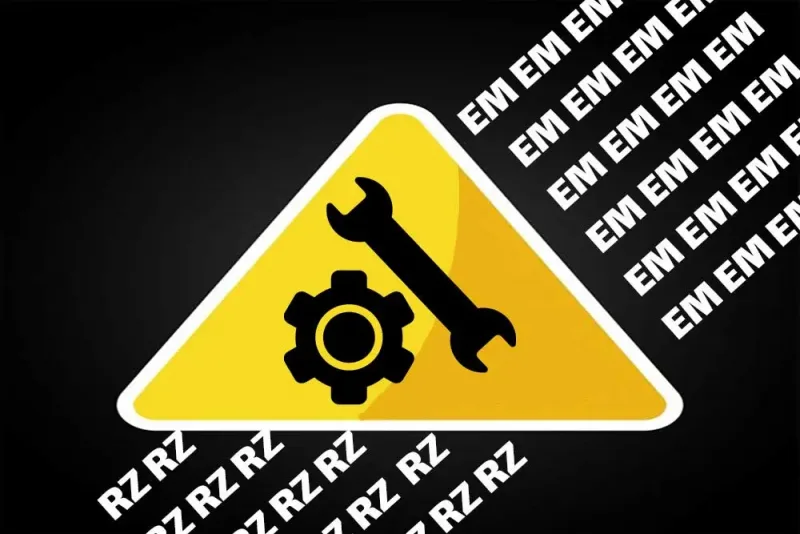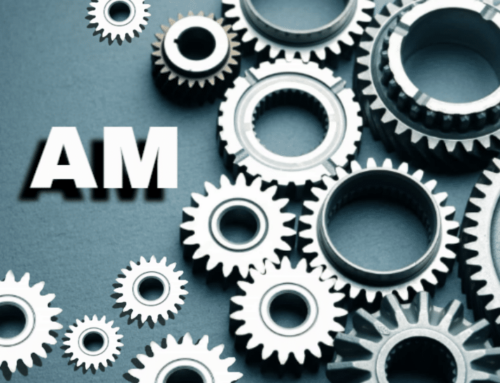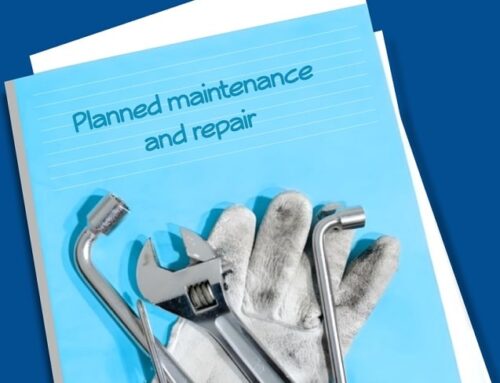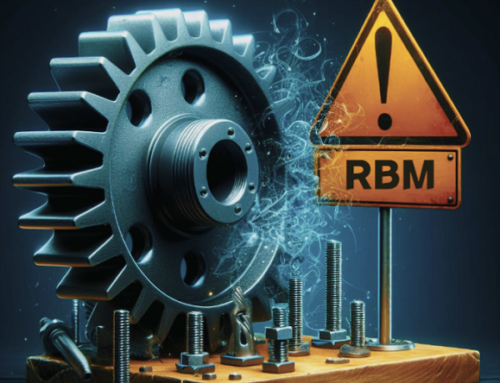Emergency maintenance and repairs (EM)
What you read in this article:
Emergency maintenance and repairs (EM)
Examples of emergency maintenance and repairs in property maintenance
Examples of emergency maintenance and repairs in an industrial environment
How to minimize the number of emergency maintenance and repair requests
Four steps to create effective methods of emergency maintenance
-
What is emergency maintenance and repairs?
Emergency maintenance is a type of maintenance that is required when an asset fails unexpectedly and creates significant health and safety problems or causes significant production delays. This problem should be solved as soon as possible, that’s why the word emergency is used for this type of maintenance.
The bottom line is that “emergency repairs” are not as simple as they seem. Rather, they are often major failures that require coordination between multiple team members. For this reason, emergency maintenance poses serious operational challenges for maintenance managers.
Emergency maintenance and repair conditions are one of the most stressful jobs for any maintenance and repair team.
Emergencies can do a lot of damage to a brand’s reputation. Sometimes it causes the loss of people’s lives and has a great negative impact on the final result of the company. Therefore, it is natural that there is a lot of pressure on the maintenance team to minimize the need for maintenance and emergency repairs and to be able to react quickly when they do occur.
For this reason, in this article we discuss the following topics:
-
Examples of emergency maintenance and repairs in property maintenance
Expected emergencies in a residential building or hotel typically include:
-
Examples of emergency maintenance and repairs in an industrial environment
In the industrial environment, emergency maintenance and repairs are included in the group of essential things to prevent possible breakdowns and outages that result from failed control in industrial companies. Unfortunately, whether by accident or due to negligence or carelessness, industrial accidents can lead to damages, injuries and even loss of life. Some examples are:
-
How to minimize the number of emergency maintenance and repair requests
Conditions that lead to emergency maintenance and repair can never be completely eliminated, but there are solutions that can significantly reduce them and eliminate some of the associated risks.
The most effective way to reduce the number of emergency maintenance and repair requests is to have a comprehensive preventive maintenance and repair strategy that identifies and fixes minor problems before they escalate into emergencies.
There are many maintenance strategies you can use:
Combining any of these strategies with a good CMMS software will allow you to have complete control over your maintenance operations and also to take the necessary actions quickly in the event of an emergency. If you don’t know what CMMS is, read our article.
Other ways to reduce the occurrence of emergency maintenance and repairs are:
-
Four steps to create effective methods of emergency maintenance
Since you can never eliminate the possibility of an emergency, it’s always a good idea to have some procedures and protocols in place in your workplace to speed up your response, minimize safety risk, and Avoid collateral damage.
Here is a short outline of how to set up emergency maintenance procedures:
1) Define and identify your emergency.
Begin by defining the situations that are considered emergencies at your facility. This step helps distinguish between true emergencies and other cases that, although urgent, are not urgent.
There will always be some overlap between the two conditions, but here are some explanations that can help you distinguish between the two:
Emergencies quickly wreak havoc in a short period of time, causing safety incidents and major business disruptions. These situations require immediate attention and must be addressed immediately, even if they occur on weekends, holidays, or outside office hours.
Urgent (non-emergency) situations are also important, but can usually be handled later (during regular business hours).
If all employees can distinguish between emergency and non-emergency maintenance issues, the reporting process will go faster.
Usually, it makes sense to focus on emergency maintenance issues that arise in the form of critical asset failures.
Clarifying what happens in a possible emergency situation helps the organization to better manage the resources (manpower, budget, spare parts, PPE, etc.) needed to solve these issues.
Of course, you should pay attention to the conditions that are likely to occur.
2) Define emergency maintenance and repair workflows.
You must decide how emergency maintenance conditions will be reported, recorded and processed from start to finish. This can usually be done by one or a combination of the following:
Manual response: The problem is reported by an employee. The maintenance manager or supervisor reviews the work request and creates a work order to track the entire repair process.
Automatic response: There is a system to detect anomalies in high-risk facilities and take specific actions without human intervention. Automated system actions for emergency response can include immediate shutdown of the hazard source and generation of electronic maintenance and repair requests.
Whatever type of response an organization uses, it should have a system like a CMMS that helps record these incidents and thereby create a digital trail of emergency maintenance and repair over time. This valuable information is useful for continuous improvement in the future. CMMS facilitates and simplifies the processing of emergency maintenance and repair requests (either manually or automatically).
3) Describe EM methods.
As a result of the risk assessment performed in step 1, you can identify possible emergencies based on specific equipment failures and then list the actions that maintenance technicians should take in each case.
It is said that it is not necessary to mention the exact steps for every situation. Instead, employees should have a general idea of what to do when dealing with emergency maintenance and repair requests.
A list of general steps (applicable in most cases) to help your team deal with an emergency could look something like this:
Note that whatever the circumstances, the main priority of all parties should be to maintain health and safety. Emergency maintenance and repair work can be started only after the danger is over. At that point, the maintenance and repair team can assess the damage and plan the repair process.
4) Quickly speed up maintenance and emergency repairs using a mobile CMMS.
Apart from natural disasters, emergencies can usually be attributed to human error, unexpected machinery breakdowns.
Automation of maintenance and repairs using maintenance and repair management software helps to minimize the consequences and accelerate the emergency response process, the actions that Arad software takes in advancing this process include:
-
There is no fault in working hard
Having a strong proactive maintenance strategy and trained staff are two important factors in avoiding preventable maintenance emergencies.
Through ARAD CMMS, we have helped many businesses win their battles with emergency maintenance. Contact us for more information.








